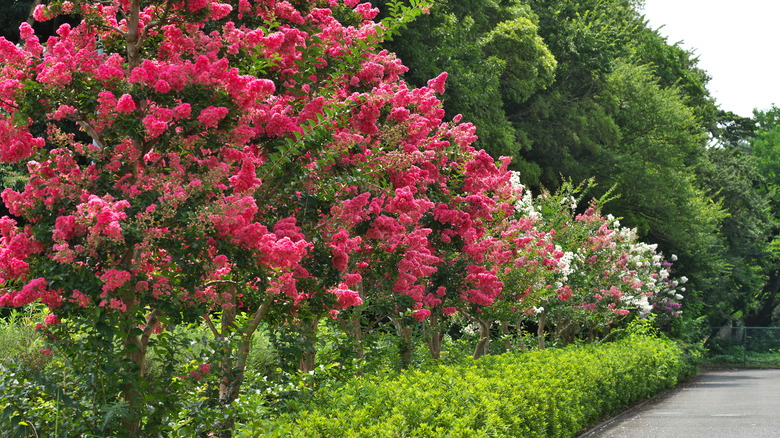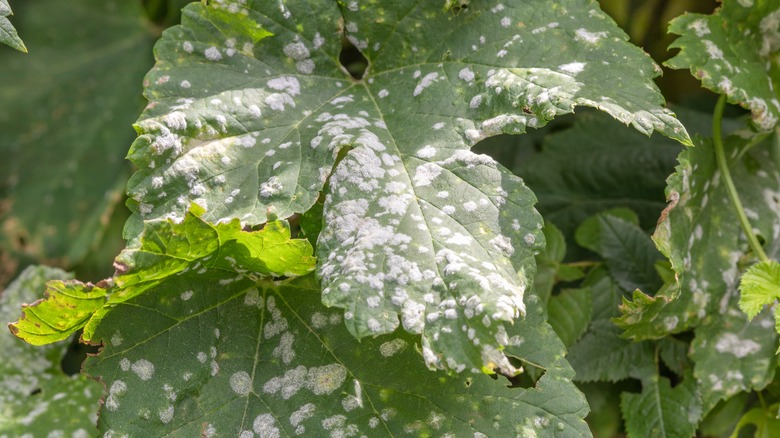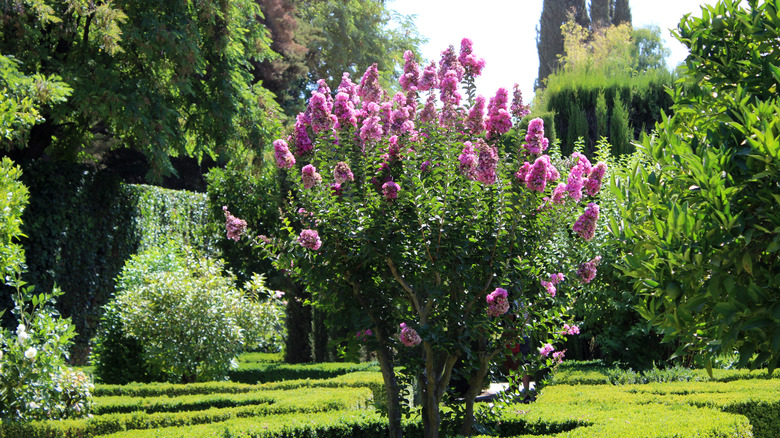Crepe Myrtle Diseases To Look Out For & How To Control Them
Crepe myrtles (Lagerostroemia indica) are trees or shrubs that are known for their stunning blossoms in shades of pink, red, purple, and white. Like any plant, crepe myrtles are not exempt from diseases, with the most common being sooty mold, powdery mildew, and Cercospora leaf spot. These diseases may come as a surprise since crepe myrtle is celebrated for its adaptability and resistance to disease, making it a popular choice for both public and private spaces. The importance of maintaining the health of these trees extends beyond aesthetics. An unhealthy crepe myrtle is not just an eyesore; it can become a hotspot for various pests, exacerbating the spread of plant diseases within your garden or community. Given their multiple roles in an ecosystem from offering shade to acting as a nectar source for pollinators, keeping them disease-free is vital.
Understanding the health of your crepe myrtle is generally straightforward and involves close observation of its foliage and flowers. When your crepe myrtle is healthy, it will proudly display lush, vibrant leaves and an abundance of colorful blooms that catch the eye. These are your clues that the plant is receiving the proper nutrients and care it requires to flourish. Conversely, if you start to notice symptoms like leaf discoloration, wilting, or a significant decrease in the number of flowers, these are likely warning signs of common diseases.
Common crepe myrtle diseases and how to treat them
Sooty mold often appears as an unsightly dark, soot-like substance on the leaves and bark of your crepe myrtle. The primary agents responsible for this issue are insects such as aphids, scales, and leafhoppers. These pests produce a sticky fluid known as honeydew, creating an ideal environment for sooty mold to grow. This mold can lead to leaf discoloration and premature leaf drop. To get rid of the mold, you must focus on eradicating these insects. You can wash them off of the leaves and bark with a high-pressure water jet or spray an insecticidal soap.
Powdery mildew is a fungal infection that appears as a white powdery substance on your tree's leaves and is more likely to occur during high humidity and moderate temperatures. Leaves can turn brown or yellow and flower buds can fall off the tree. Neem oil or fungicide sprays are useful treatments for powdery mildew. Apply these in the early summer to prevent the disease from taking hold.
Finally, Cercospora leaf spot is notorious for causing dark, spotty marks on the leaves, often leading to premature leaf drop. It often occurs in shaded and damp areas. You'll start noticing the symptoms of this disease in midsummer or early fall. The initial course of action should be to promptly remove any leaves showing signs of the disease, which will prevent it from spreading. After that, insecticide treatment can be effective in containing the problem.
Proactive measures for crepe myrtle care
To keep your crepe myrtle from getting diseases in the first place, select a mildew-resistant variety for planting. Many of the more recent varieties, such as Acoma and Catawba, come with the added benefit of powdery mildew resistance. The location where you plant your crepe myrtle matters as well. These trees flourish best when exposed to abundant sunlight, which helps to minimize the risk of diseases that prefer damp, shaded conditions. So, choosing a sunny spot for your tree can be a preventive measure.
Soil conditions play a pivotal role in the health of your crepe myrtle. Opt for soil that balances retaining moisture and offering good drainage. The ideal soil for these trees is slightly acidic, which supports optimal nutrient absorption. Be vigilant about watering the root system, especially during the initial years after planting. Younger trees are less forgiving regarding water stress, so monitor the roots to ensure they're neither too dry nor soggy.
As your crepe myrtle matures, its tolerance for drought conditions will increase. However, that doesn't mean you should ignore it during periods of extreme heat or dryness. Even established trees may need supplemental watering to weather particularly harsh conditions. Additionally, a light application of a balanced fertilizer can significantly boost the tree's growth and flowering, especially if your soil test indicates less-than-optimal conditions.


